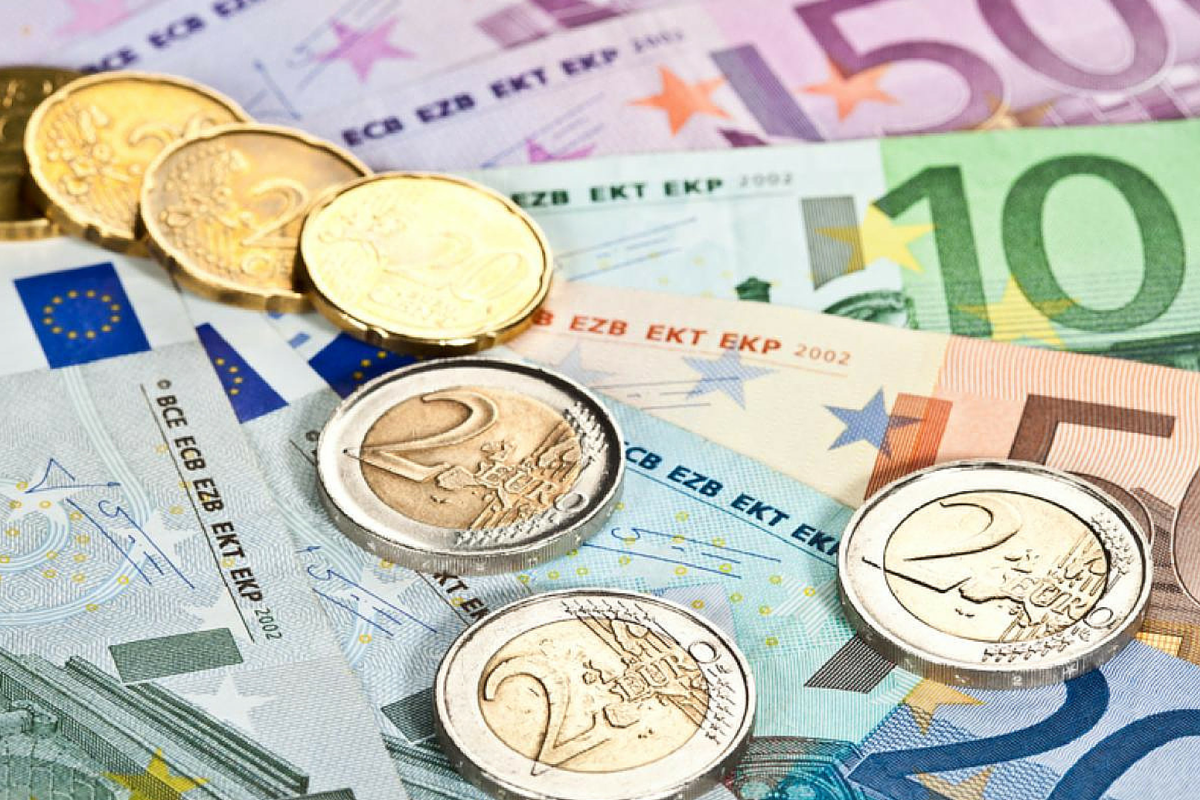Back in the early 90s, I knew someone who worked at a new coffee shop in Santa Monica, and couldn’t get over the fact that people lined up at the door at the crack of dawn before the coffee shop opened. That’s the first time I heard of the Starbuck brand, and in retrospect, I should have sold the house and bought the stock at IPO price back then, and then I would have been a gizzillionaire or something…
OK, I’m having an A.D.D. moment. Back to the topic of brands.
In what turned out to be one of the most successful American brand stories, Starbucks expanded its operations from a small specialty coffee chain in Seattle to an international conglomerate with one of the best known brands around the world. Who thought about coffee brands before Starbucks? It was either Nescafe or 7-11 back then.
By 2008, Starbucks boasted 15,750 locations internationally feeding a typical problem with successful brands – overexposure causing ubiquity and un-exclusivity. I know, most companies wish they had this problem. A problem it is, nonetheless. In a matter of a decade, the company went from Starbucks the darling of chic barista coffee houses, to Starfux the corporate powerhouse encroaching neighborhoods. No more lining up at the storefront at the crack of dawn.
But that was so 2008.
Starting today, Starbucks is testing a new idea by converting a few of its Seattle locations into a completely new storefront: (drum rolls!) selling beer, wine, and specialty foods in addition to its current line of coffees and pastries, and (double drum rolls!) debranding the stores both from the Starbucks name and the all familiar Starbucks look. The storefronts will be named after the cross section of the streets closest to it, like “25th and Sepulveda” – I just made up that name (and no, I don’t live there).
Starbucks has recently experienced great difficulty increasing sales. The specialty coffee story has had a great run but competition has become all too stiff (McCafes anyone?). So with this, the company switches from a “coffee house” story to a “neighborhood hangout” story with food and alcohol, live music, and comfortable rustic environs. If this idea proves profitable, Starbucks will be able to convert a large subset of its current 15,000+ locations from “coffee house only” stores to “coffee house and bar and café” stores, thereby expanding into new highly profitable markets in one swift swipe.
The problem is the Starbucks brand is too engrained in the “coffee house” story, so instead of re-branding, the company drops the hard-earned brand altogether.
It’s a gutsy and brilliant move!
Can you imagine Tylenol, Colgate, Toshiba, or Ford dropping their names? There have certainly been attempts at rebranding companies or renaming certain product lines, but dropping the name altogether?
It’ll be interesting to see how this will pan out. Will the company lose its loyal customers to the unknown store names? Will the customer base feel comfortable with the hybrid of the coffee house and the bar environment? Will Starbucks eventually drop the brand from its stores and keep the coffee brand in a wholesale fashion? The possibilities are endless. But for now, the company has shown that it is willing and able to push the brand envelope beyond expectation, and risk a complete overhaul in order to open up massive new revenue streams.
Kudos to the entrepreneurial minds running large corporations!



